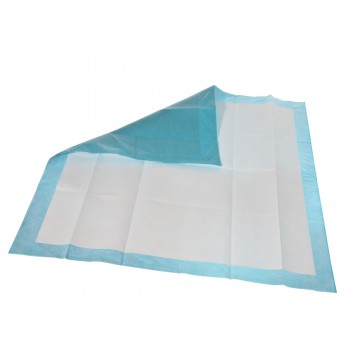Free shipping orders over $50
Chux Guide – Choosing the best bed pads
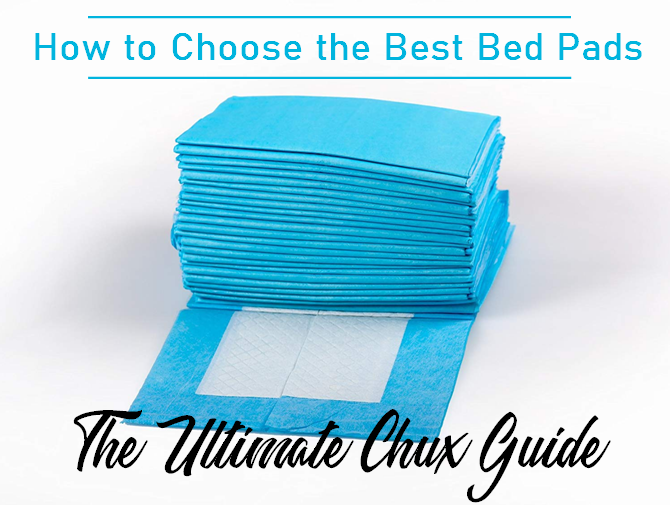
Chux, bed pads, mattress pads, and chair pads are all types of incontinence pads – waterproof, absorbent sheets that are placed beneath the patient on a bed, exam table, wheelchair or other surface.
Underpads are used alone or with incontinence garments to manage incontinence issues by absorbing leakages and reducing odors. They help keep surfaces sanitary, protect bedding and furniture, and, most importantly, ease the laundry workload.
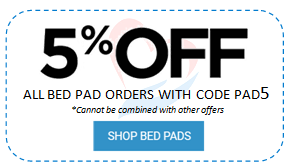
Underpads are not wearable, but they are similar to personal-use pads and liners in that they prevent physical problems and maintain dryness by keeping the moisture deep inside the pad, far away from the user’s skin.
If you or your loved one suffers from incontinence, there are several things you should consider when choosing bed chucks.
You’ll need to choose: (1) absorbency levels for both day and night usage, (2) the sizes needed to protect the bed as well as chairs and other surfaces, and (3) the type of underpad best suited to the condition.
This guide will tell you everything you need to know when choosing underpads. If you’re still uncertain, give us a ring – we’re always here to help and to offer free samples.
1. Absorbency
Bed pads are designed differently to offer varying absorption, or liquid capacity, levels. You will need to find the underpads that will provide the correct level of protection throughout the day and overnight.
For most products, you can choose between light, moderate, heavy and heavy duty absorbency levels. A lower level of absorbency will usually be more cost-effective, but if there is a lot of leakage, higher absorbency underpads are necessary.
The absorbency level necessary depends on the amount of leakage, as well as how often you’ll change the pad. Refer to this chart to decide which absorbency level you’ll need .
|
Light Light amount of urine or infrequent leaks |
Moderate Moderate amount of urine or continuous leakage |
Heavy Large amount of urine and/or fecal incontinence |
Maximum / Overnight Very large amount of urine and/or fecal incontinence |
Underpads will be more or less absorbent depending on the amount of water-absorbing polymer or fluff, not on the size or thickness of the pad. The more polymers the pad contains, the more liquid it will be able to absorb.
The absorbency level tells you the liquid capacity for that pad. The higher the absorbency level, the more liquid the pad will hold.
Tranquility Heavy Duty Underpads, for example, are extra absorbent and hold over a quart of liquid. Absorbency levels vary by brand, so if one brand isn’t working the way you expected, you may want to try another brand.

In general, incontinence products should be changed 2 to 3 times a day. If you feel that you need to change more frequently to keep pace with your incontinence, consider products with a higher level of absorbency.
If you’re not sure what absorbency level is right for you, call us today to order some free samples.
2. Size
Underpads can be used in many places, such as on a bed, chair, couch, car seat or in a litter box or pet cage.
Choose an underpad size to match the location where it will be placed. For example, an 18” x 18” chair pad may be used to protect chairs, wheelchairs or couch seats, while a pad that is 34” x 36” is great for beds.
A larger underpad will be needed if the user is tall or heavy.
3. Type
Disposable vs. Reusable
When comparing disposable underpads with reusable underpads, it is, overall, a question of convenient vs. economical. Here's the breakdown of why you might choose one over the other:
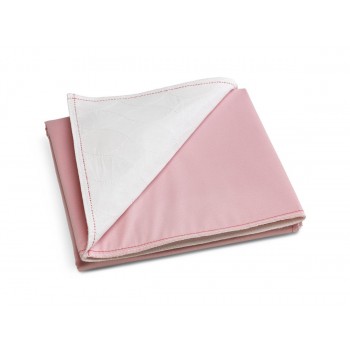
Reusable underpads, also known as washable underpads, are considered just as absorbent as disposable underpads and are popular with family caregivers, parents and pet owners.
As Medline Industries aptly puts it, washable underpads are “the responsible choice for your patients, your budget and the environment.”
Reusable underpads are better if you want an underpad that:
1. Stays in place more reliably- Reusable pads stay in place reliably, while disposable bed pads and chair pads have a tendency to move out of position and become folded and creased if sat on or used in bed.
- According to ARTA Green Summit, overall cost of reusable underpads is 50% less than the cost of disposable underpads.
- Because reusable underpads can replace up to 200 disposable pads, they help reduce the amount of bed pads piling up in landfills across the country.
Air Flow Backsheets 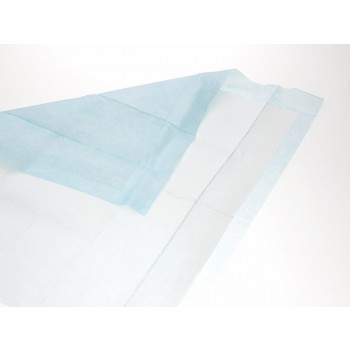
Air Flow underpads are designed specifically for low air loss therapy beds or for any patient with high risk of skin breakdown. These underpads help provide better air circulation by using a breathable backsheet that allows for the same movement of air that therapy beds facilitate.
Tuckable vs. Adhesive
If someone has a tendency to move and turn in bed, bed pads can shift out of the way or bunch up, which lessens the protection and also creates risky pressure points that can cause harm. Here are some ways to help avoid this problem.

Adhesive underpads stay in place with adhesives on the underside of the underpad which are stuck to bed sheets. This helps prevent the underpad from moving out of place during sleep or movement.
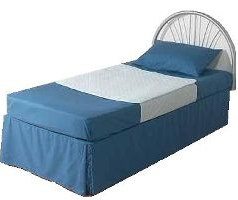 Winged underpads have wings on each side that tuck beneath the mattress on both sides. These underpads are ideal for a lot of movement as they offer greater protection and stay in place more reliably than adhesive underpads.
Winged underpads have wings on each side that tuck beneath the mattress on both sides. These underpads are ideal for a lot of movement as they offer greater protection and stay in place more reliably than adhesive underpads.

Do you have something to add? There’s nothing like personal experience! Let us know by calling or emailing us, and we’ll make sure to update our information.
At AvaCare Medical, we’re here to help you find the rollator that works for your needs. If you’re still confused about your options, give us a call today at 1-877-813-7799.
Disclaimer: No information presented on this website is medical advice or intended as a substitute for the advice of a physician. All information on this website concerning medical conditions is from publicly available sources.
Was this article helpful? Help others; pass it on!



